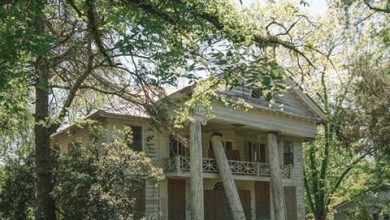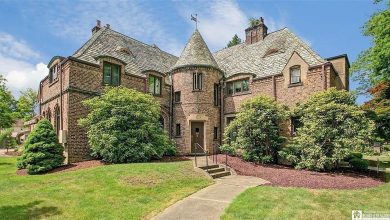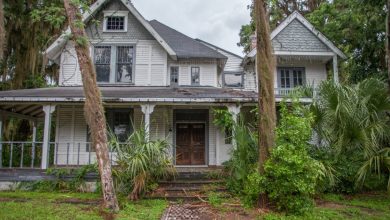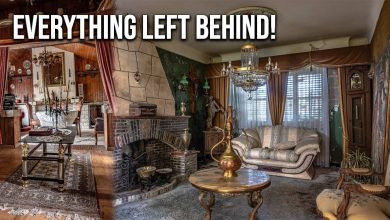Mississippi Industrial College – Abandoned House
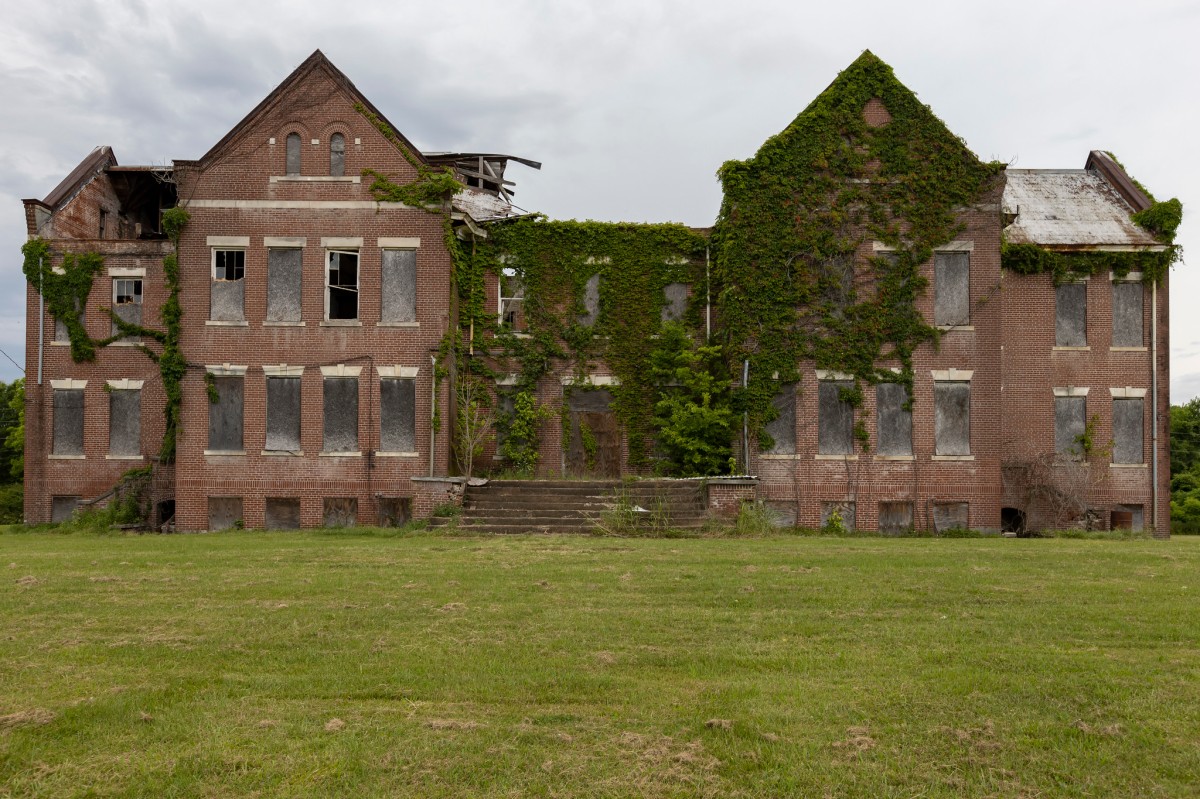
The Mississippi Industrial College was founded in 1905 by Bishop Elias Cottrell, of the Colored Methodist Episcopal Church. In the early 1890s, Cottrell began working to start a school from first grade through college in northern Mississippi. In 1900, he set up a board of trustees and began raising money. Cottrell briefly named the future institution Mississippi Theological and Normal Seminary, but when it opened in 1906, it was named Mississippi Industrial College. There were 14 teachers and an enrollment of nearly 500 students in 1909. Twenty of the students were in the theological department.
In the early 20th century, opening a private school for African Americans in the South was a challenge. One of the intriguing features of Mississippi Industrial College is that it did very little industrial training. In the atmosphere of opposition to African American education, Cottrell along with school leaders made the decision to promote the respectability and uncontroversial nature of industrial education even though the school emphasized teacher training and liberal arts education. Students who aspired to the BA degree took multiple years of Latin and Greek, and literary study emphasized the classics of England and New England. The “industrial” feature of the school lay primarily in requiring students to sew, cook, and tend to the 110-acre farm as part of their contribution to campus life. Funding the school was not easy since public money was unavailable, the CME church did not have a wealthy group of supporters throughout the country, and very few African Americans in Mississippi were affluent. Cottrell relied on a combination of requests to the CME boards in Mississippi, occasional requests to a philanthropist like Andrew Carnegie, and financial contributions of struggling Black farmers who wanted better for their children.
The former buildings of Mississippi Industrial College sit across the street from Rust College, founded in 1866. The proximity of the two Methodist-affiliated institutions encouraged students and faculty to make comparisons in the size of the two schools and in the nature of their leadership. It was important to the identity of Mississippi Industrial College that Black educators and trustees were in charge, while they noted that Rust College had some White supporters and trustees. In the 1910s, almost all MIC faculty members, led by President D. C. Potts, educated at Howard University, came from historically Black institutions – Fisk, Walden, Philander Smith, Lane, Mary Holmes, Payne, and Tuskegee, along with one faculty member from Berea College in Kentucky.
The nature of MIC as a church-related school dedicated to moral propriety and uplift was clear. All students wore uniforms, went to daily devotionals and a Wednesday prayer service, and many campus organizations, like the YWCA, YMCA, and the Epworth League had religious elements. Later in the history of the institution, CME Bishop Oree Broomfield, a graduate of MIC, supported the efforts of young people to enroll in the college by allowing some of them to live free in his home and by offering scholarships to some students studying to become ministers.
In 1923, Mississippi Industrial College opened Carnegie Auditorium, a large and impressive auditorium whose size – seating 2,000 people – reflected the ambitious goals of the college. For much of its history, MIC emphasized the training of teachers and candidates for the ministry. In the 1960s, MIC was relatively uninvolved in the civil rights movement compared to many African-American college campuses. College president Edgar Everett Rankin discouraged student activism, but a number of students joined students at Rust College to protest segregation in Holly Springs businesses and attend protest meetings.
The campus was listed as a historic site on the National Register of Historic Places in 1980. After years of financial difficulties, Mississippi Industrial College closed in 1982. In November 1999, the Mississippi Industrial College Alumni Association, Inc. (MICAAI) was organized in order to preserve the campus and buildings. Some of its buildings briefly housed social service and educational organizations after the college closed. Rust College acquired the property in 2008 in an attempt to save the buildings from further deterioration. Today, the buildings sit gutted and in severe disrepair. Efforts to secure funding and stabilize the structures have failed.
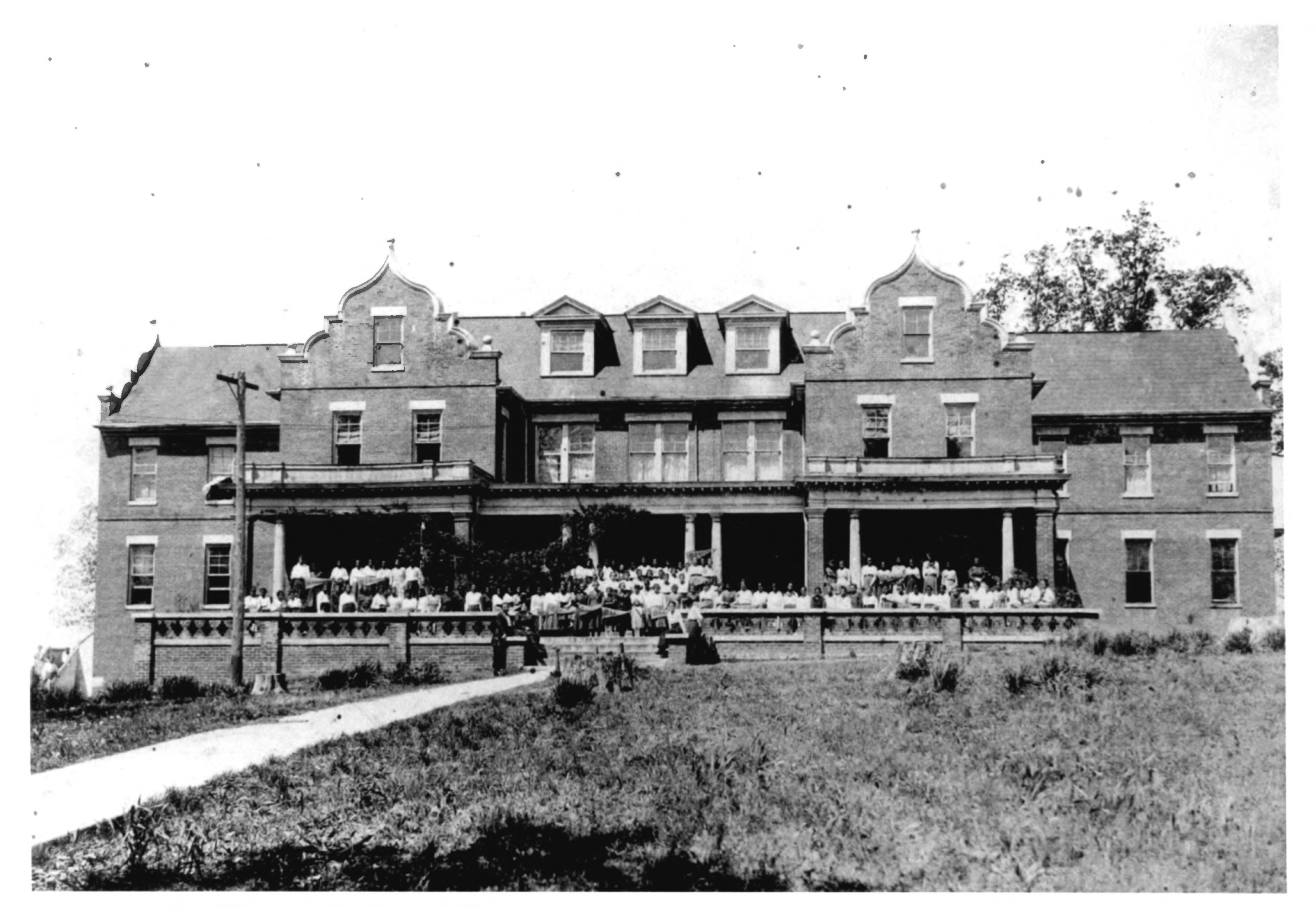
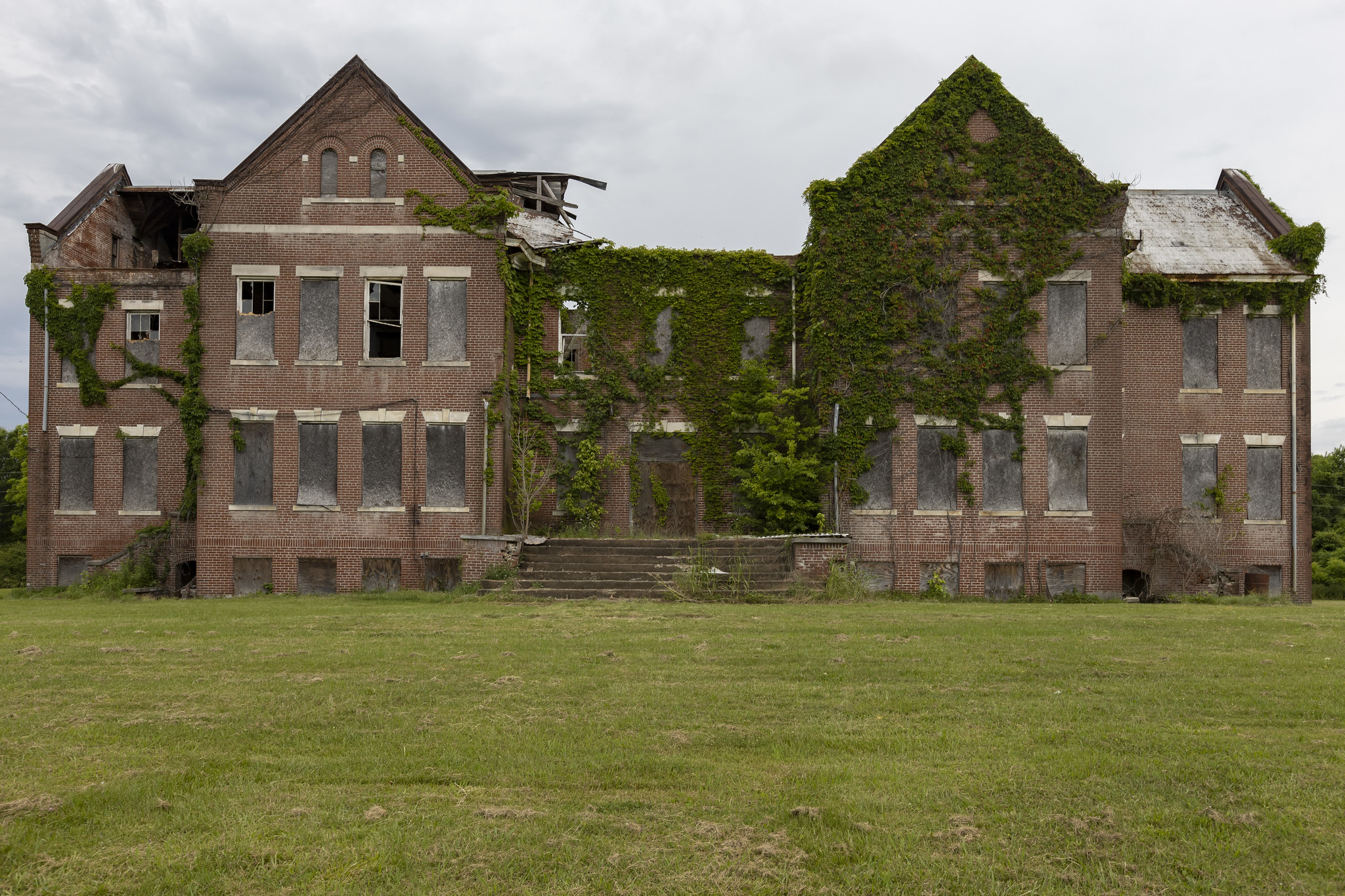
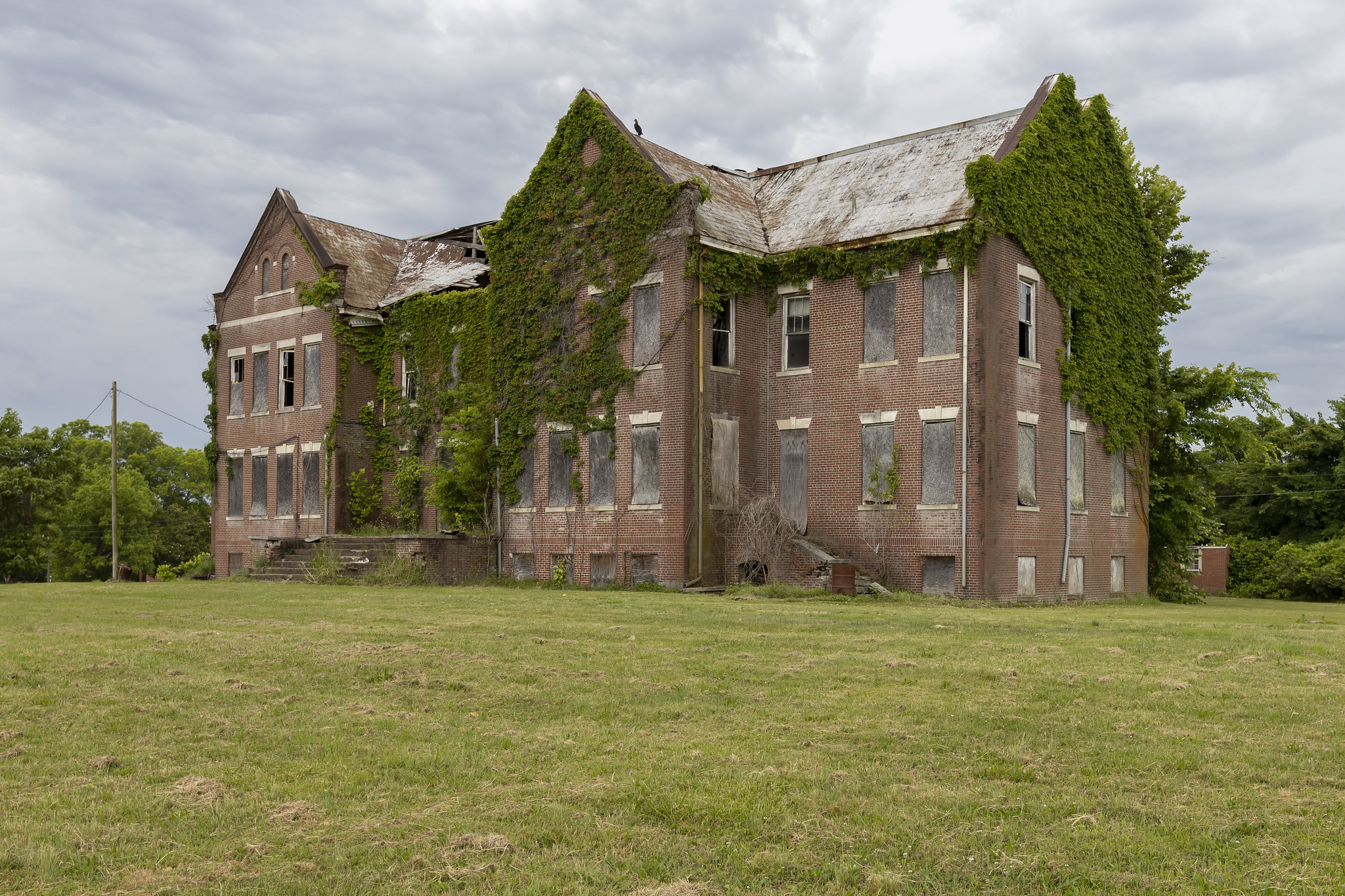
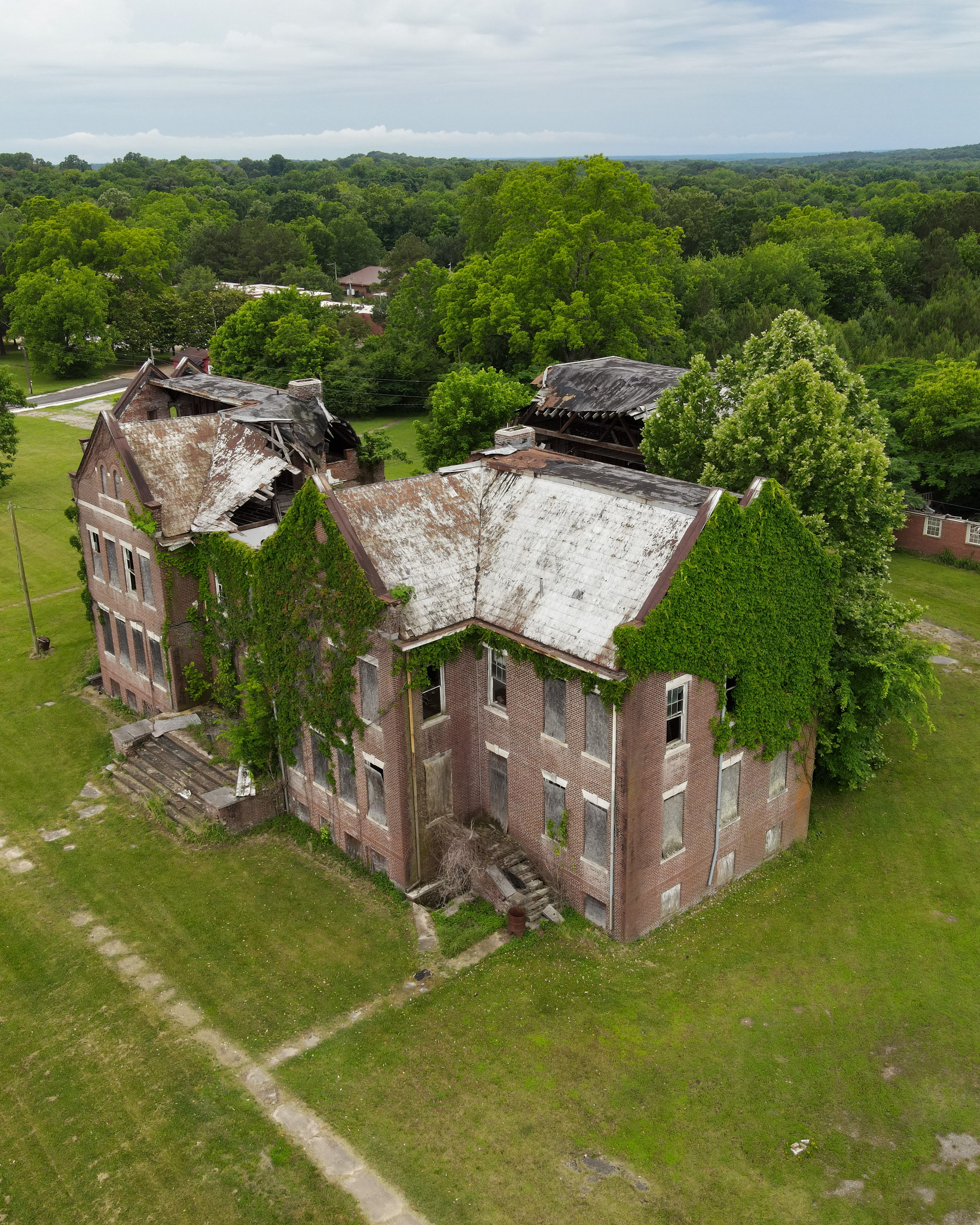
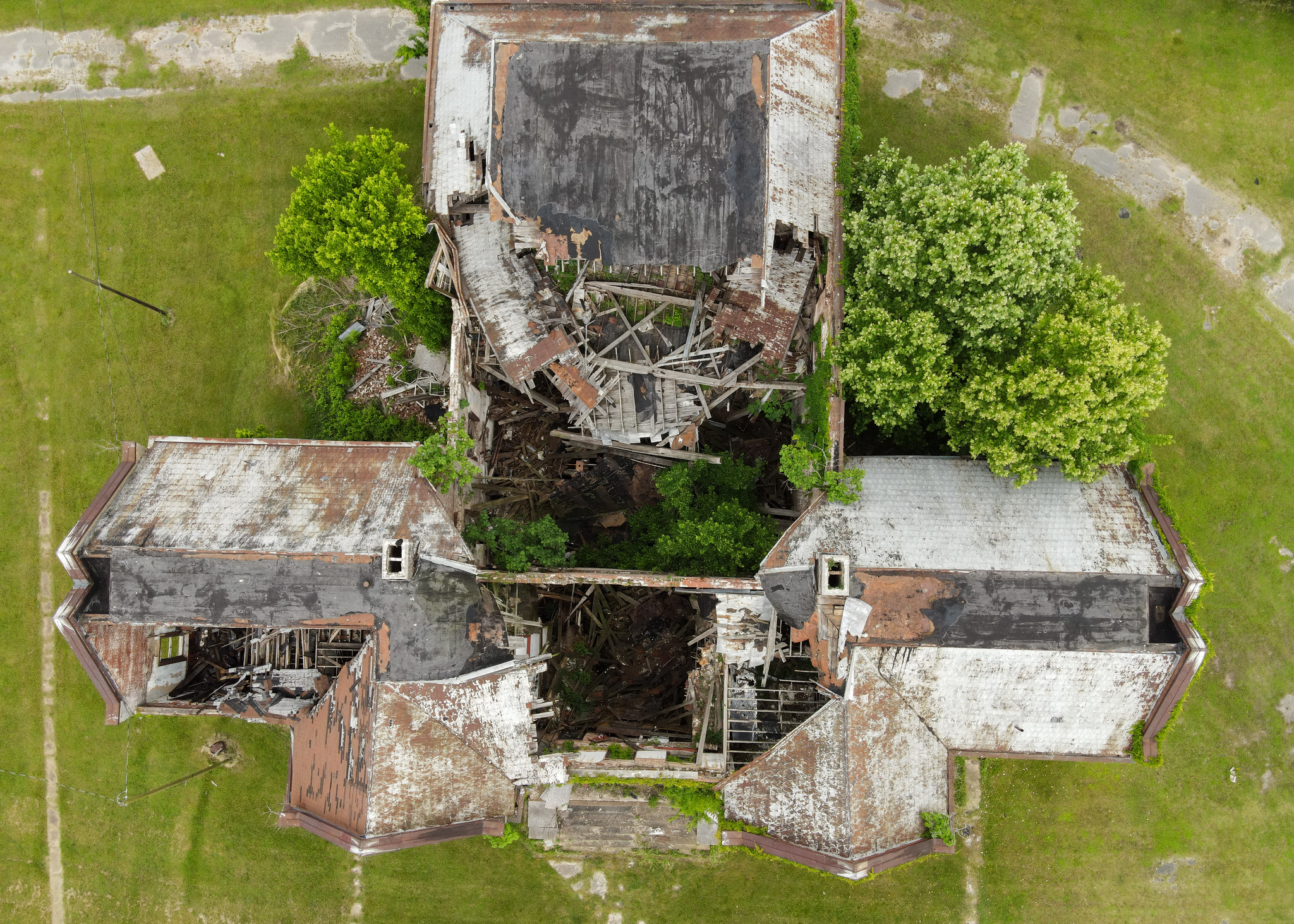
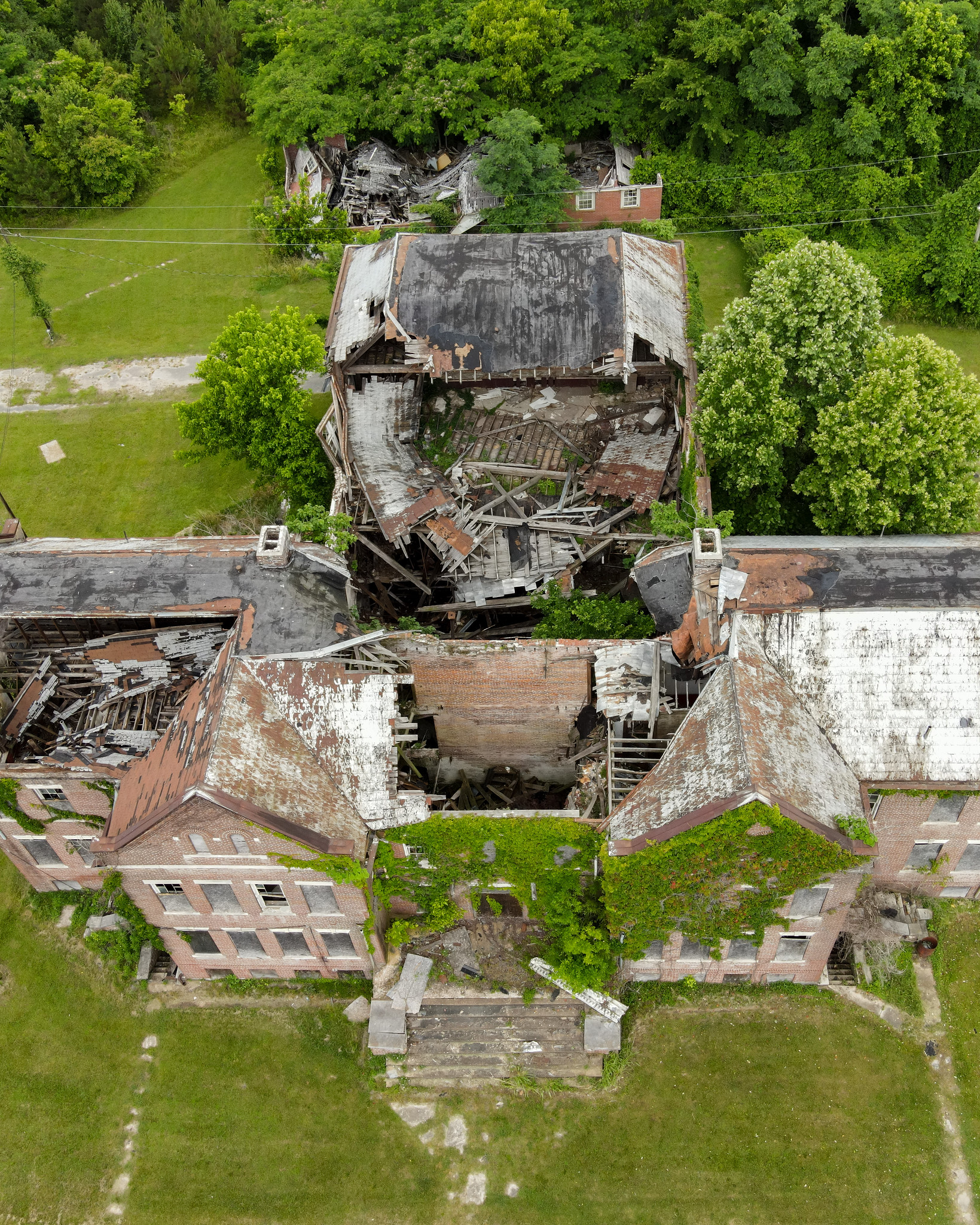
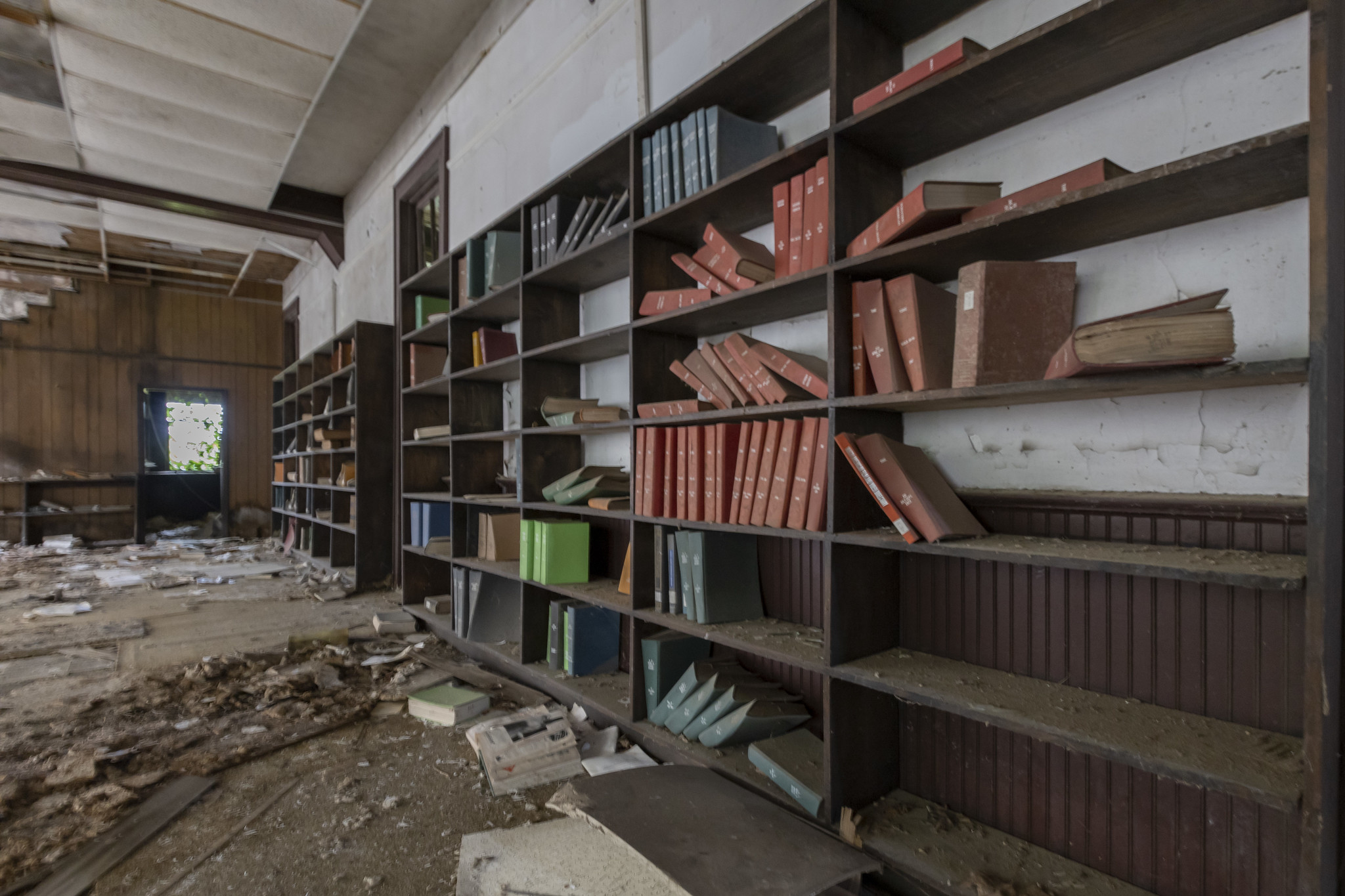
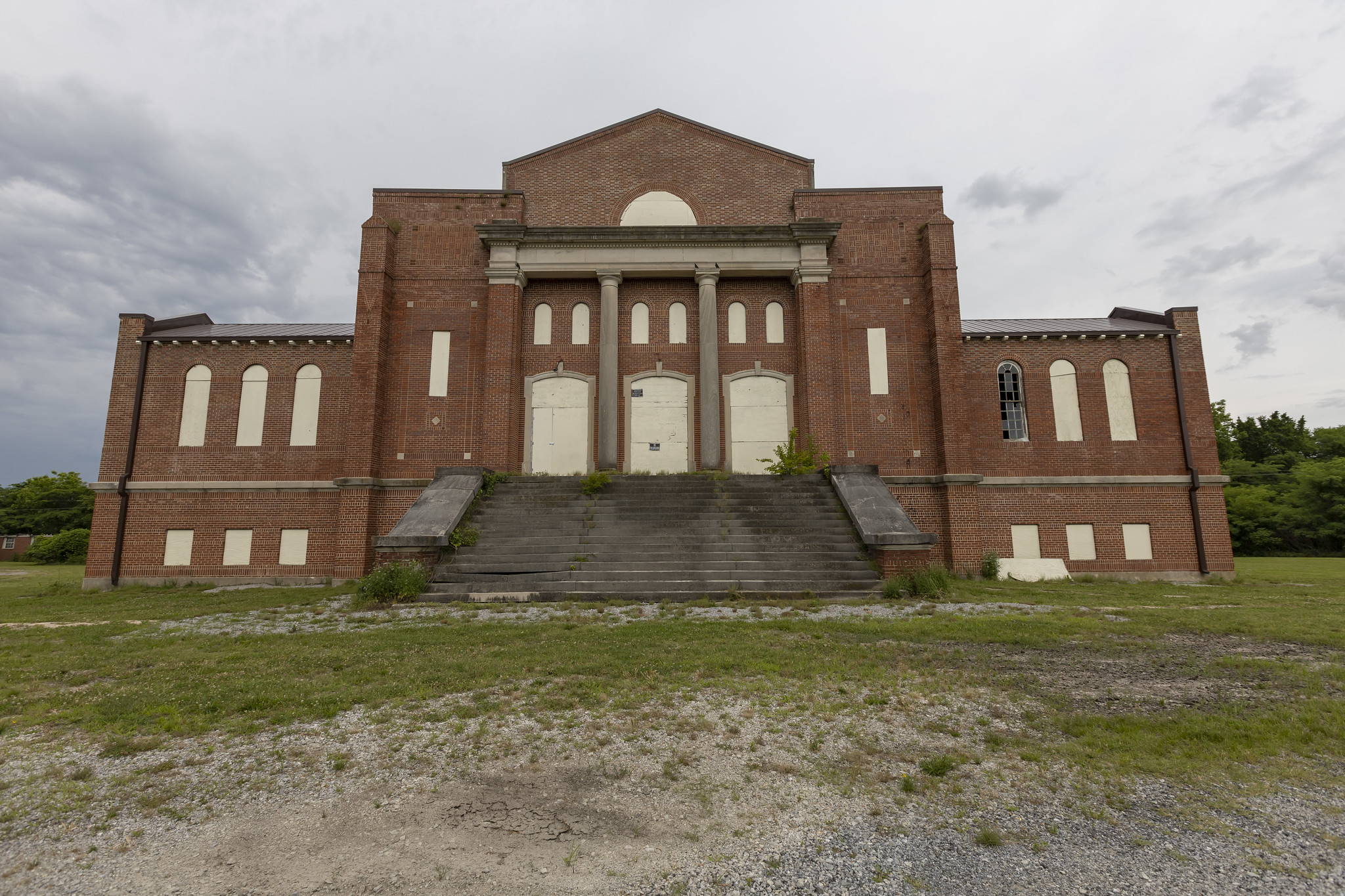
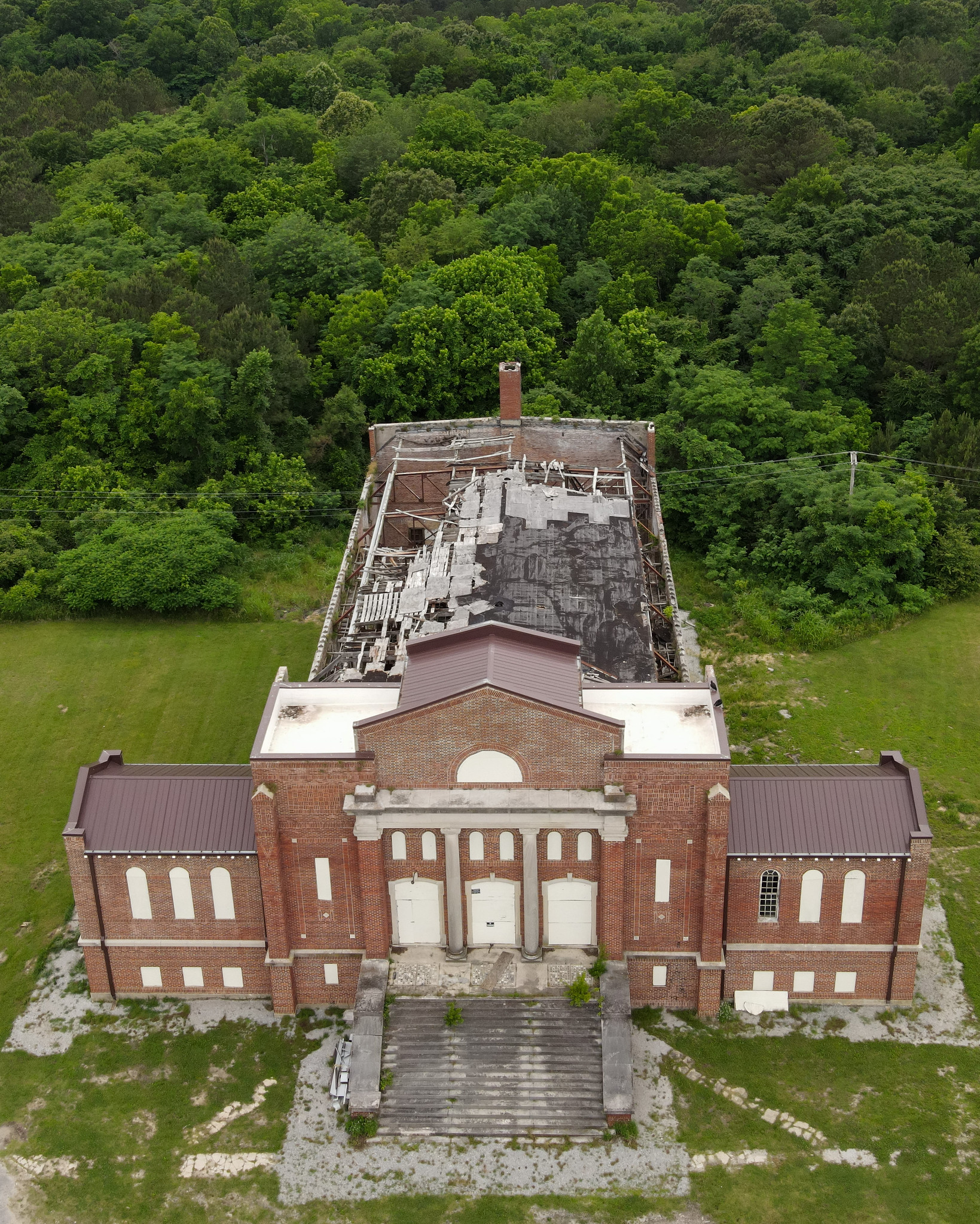
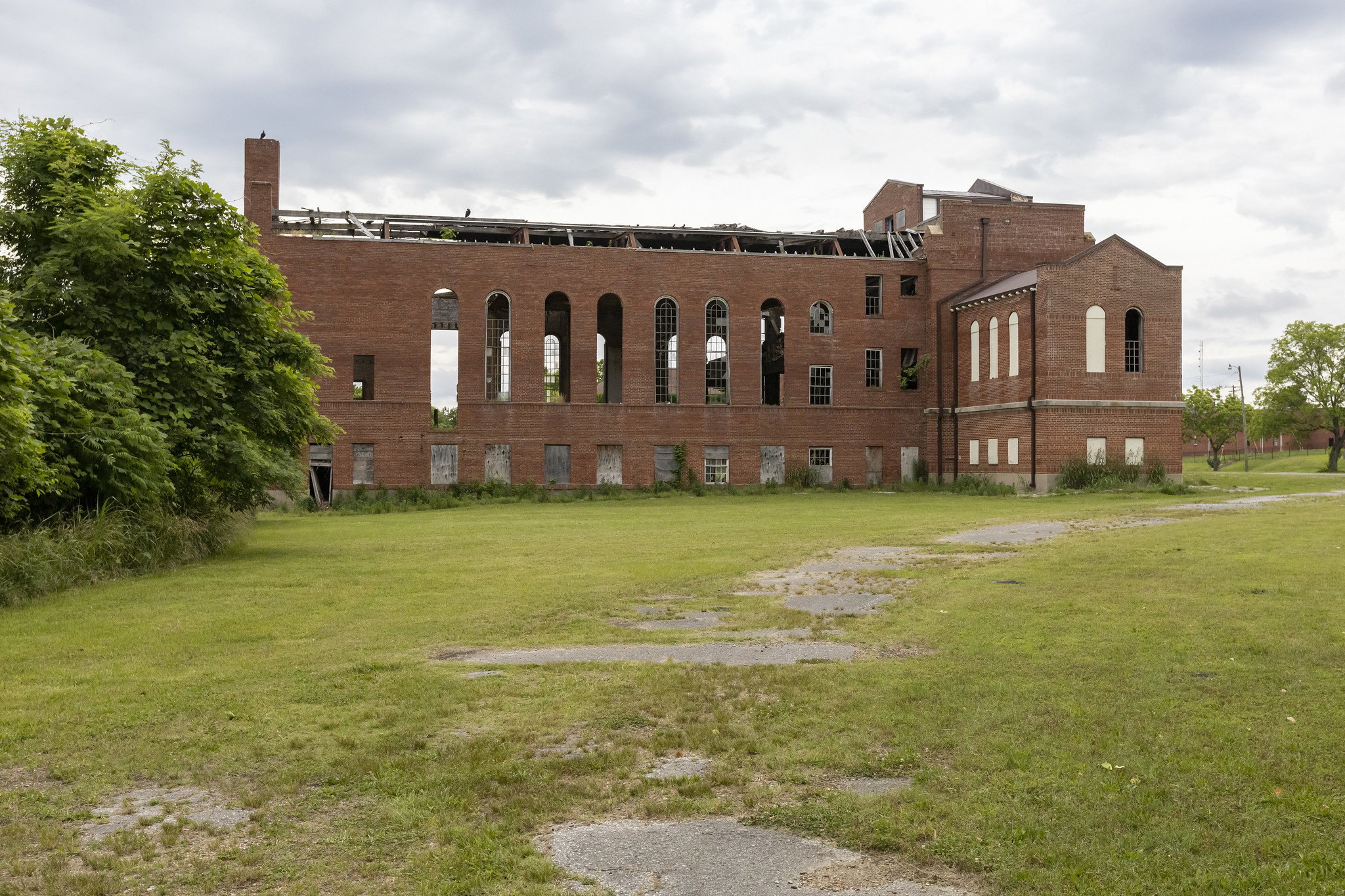
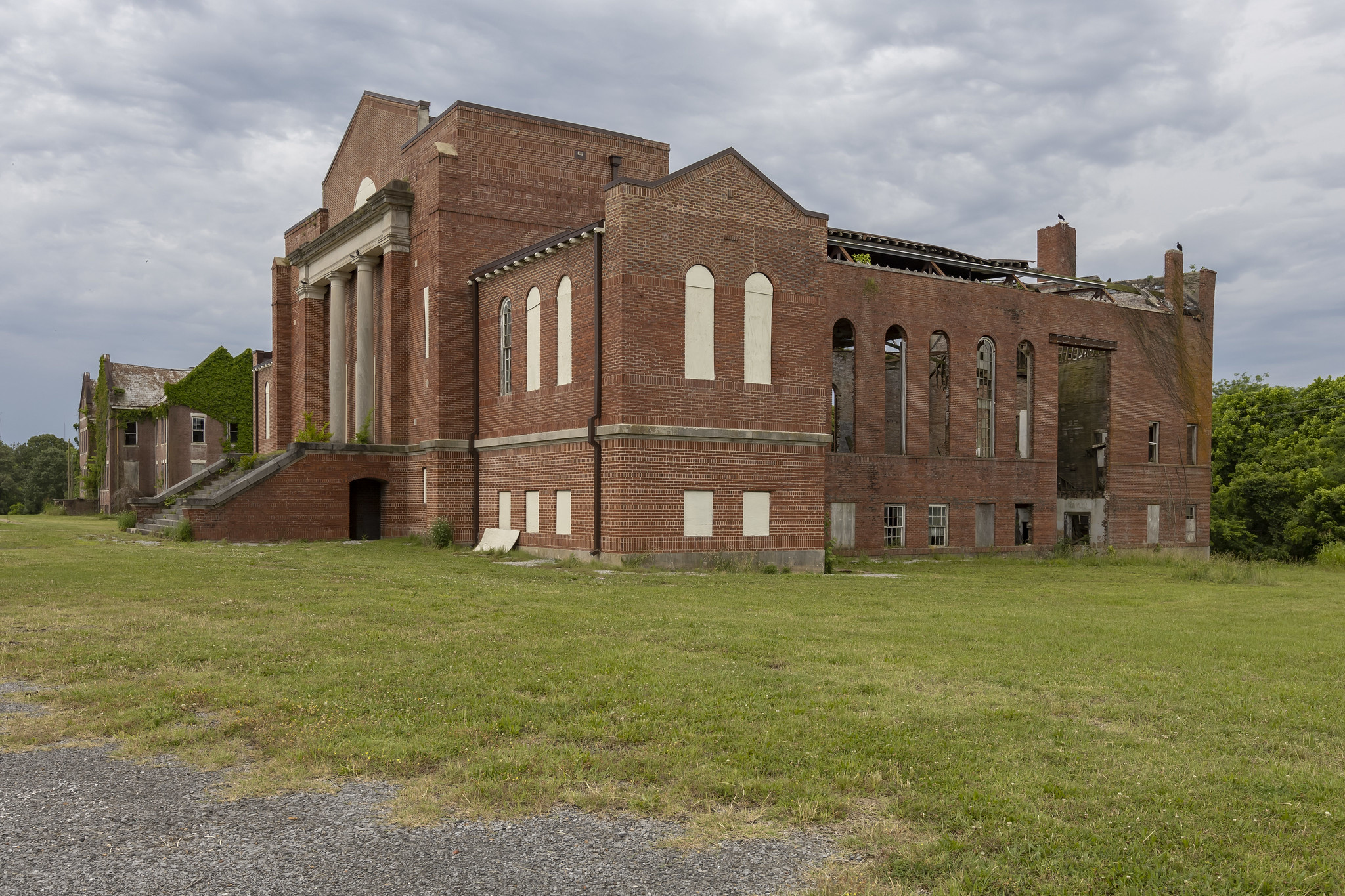
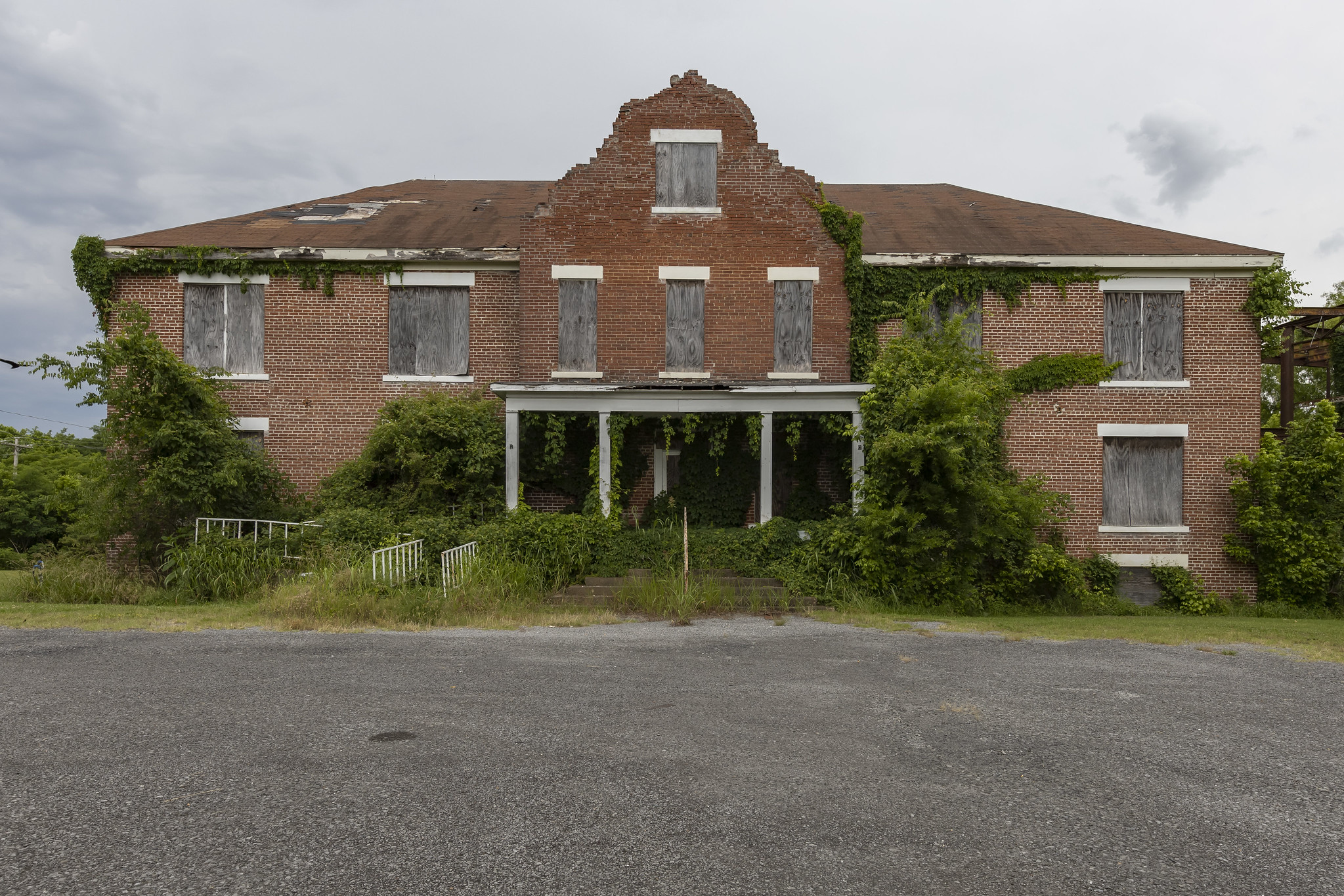
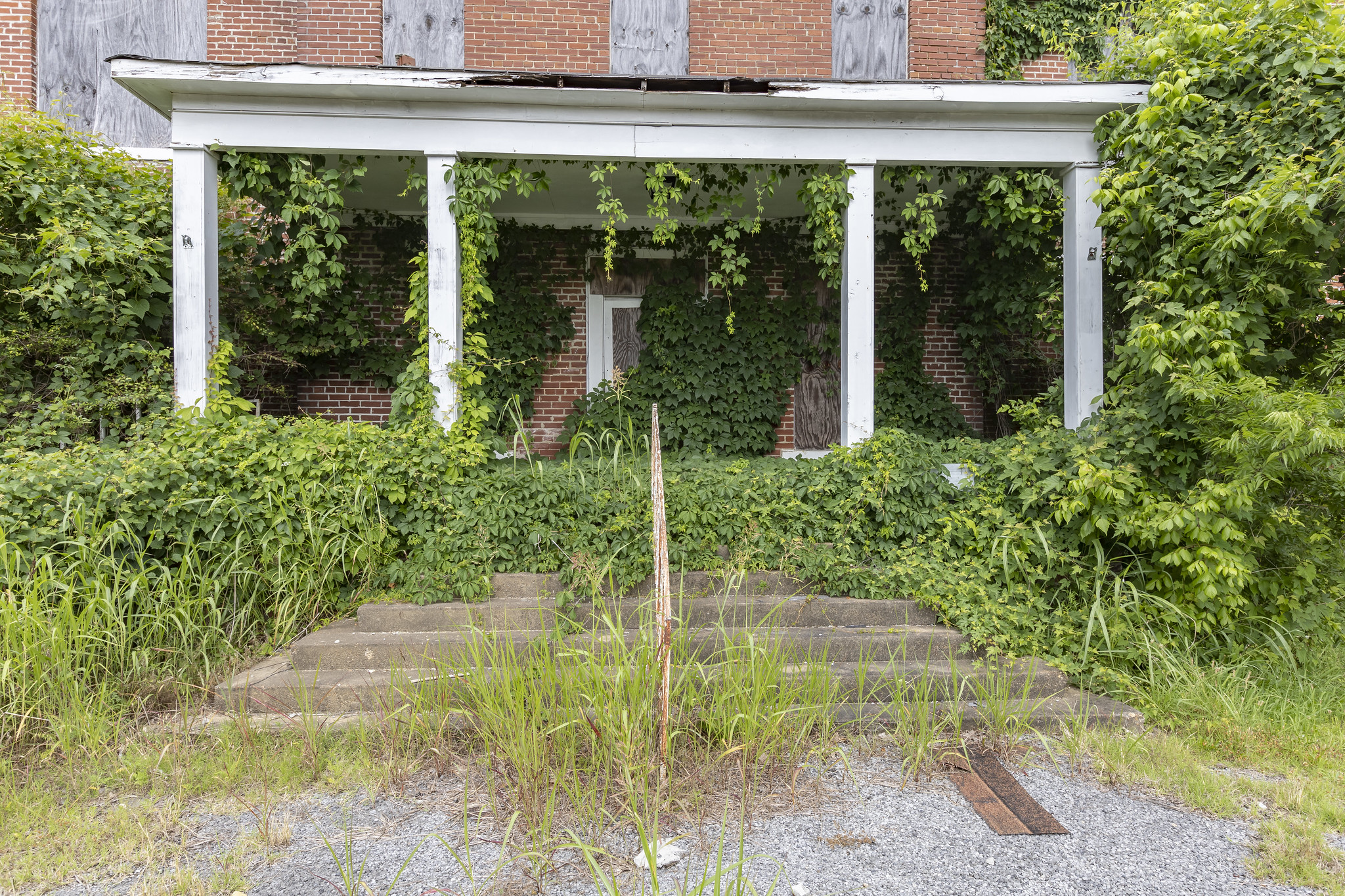
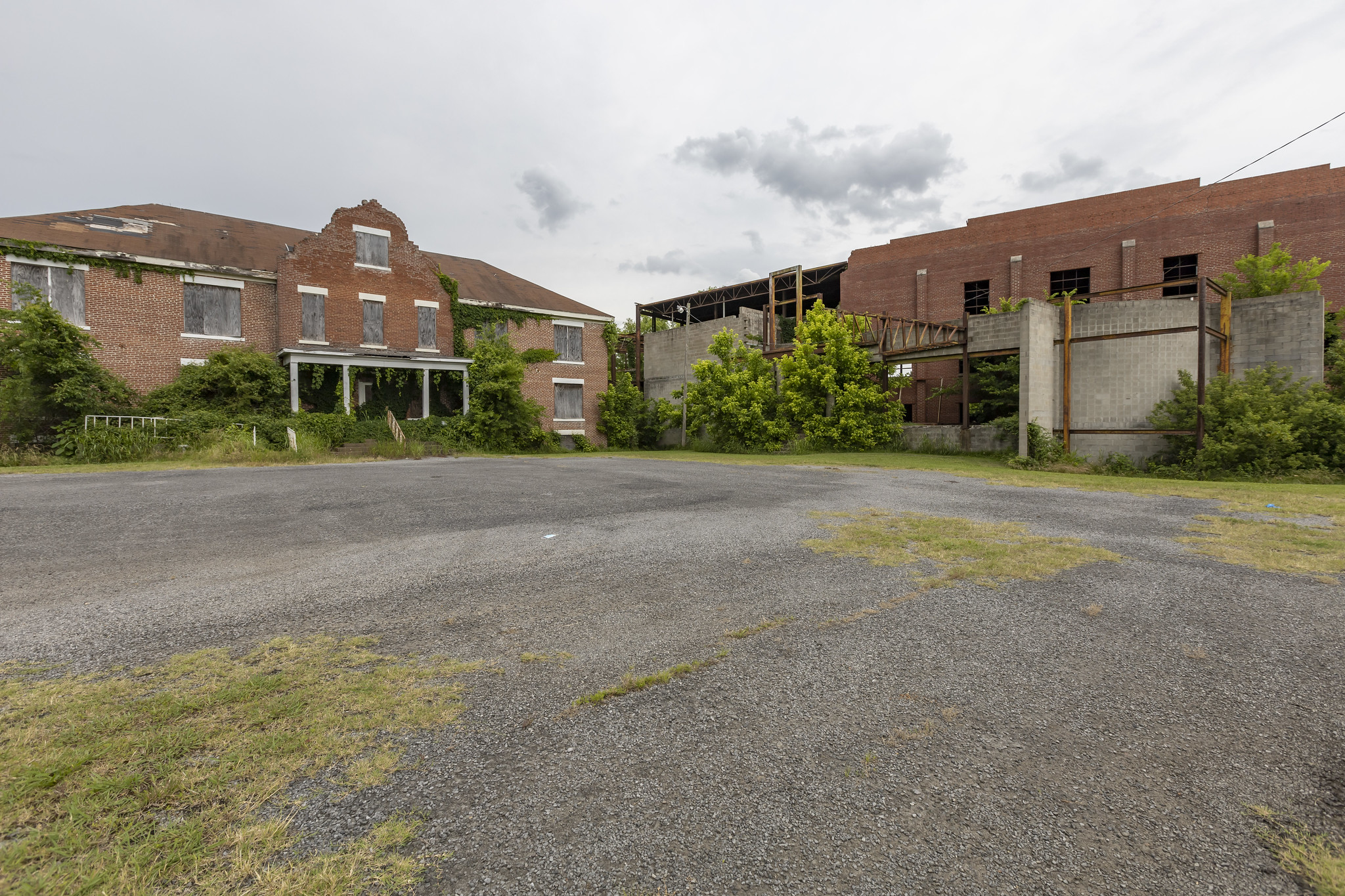
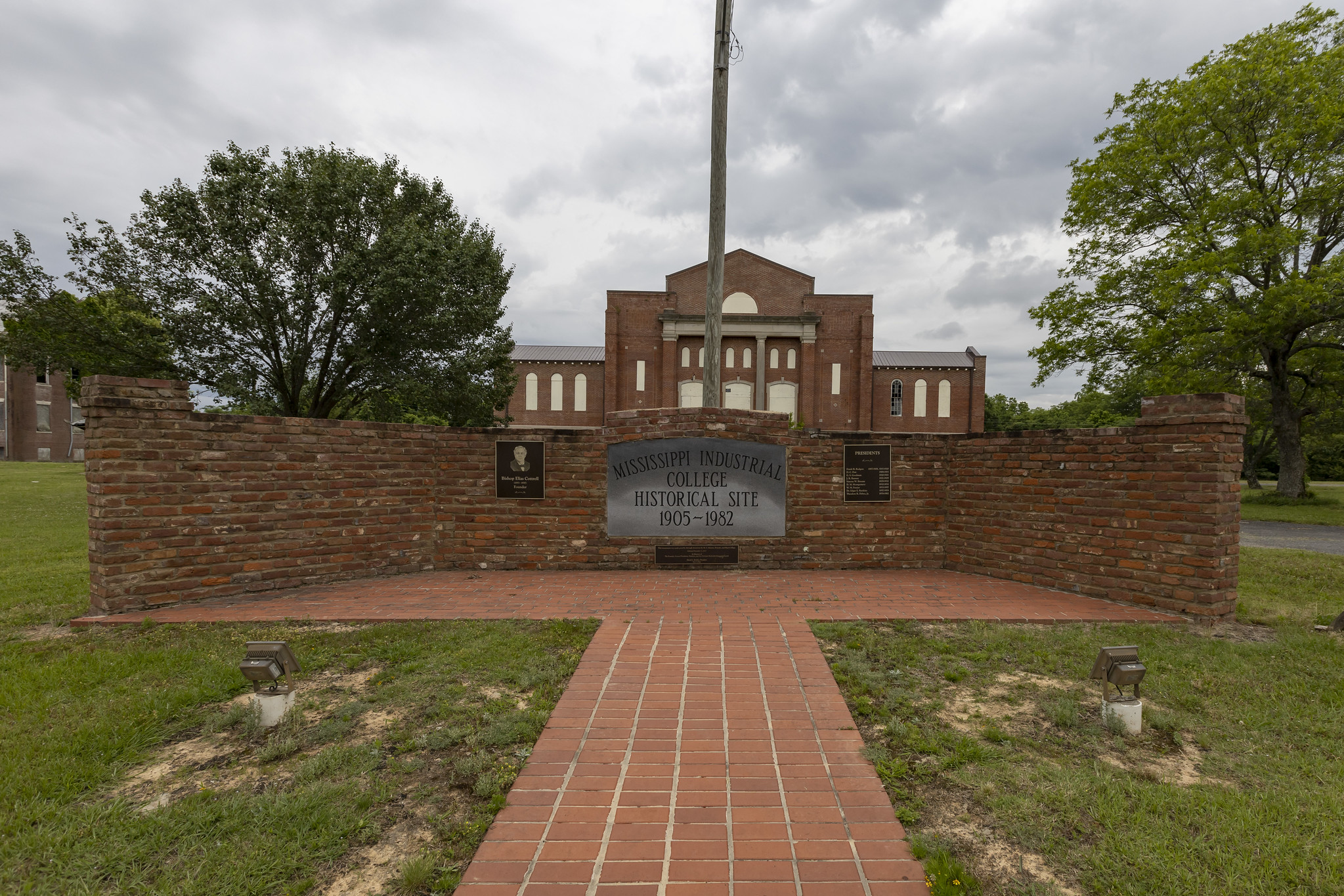
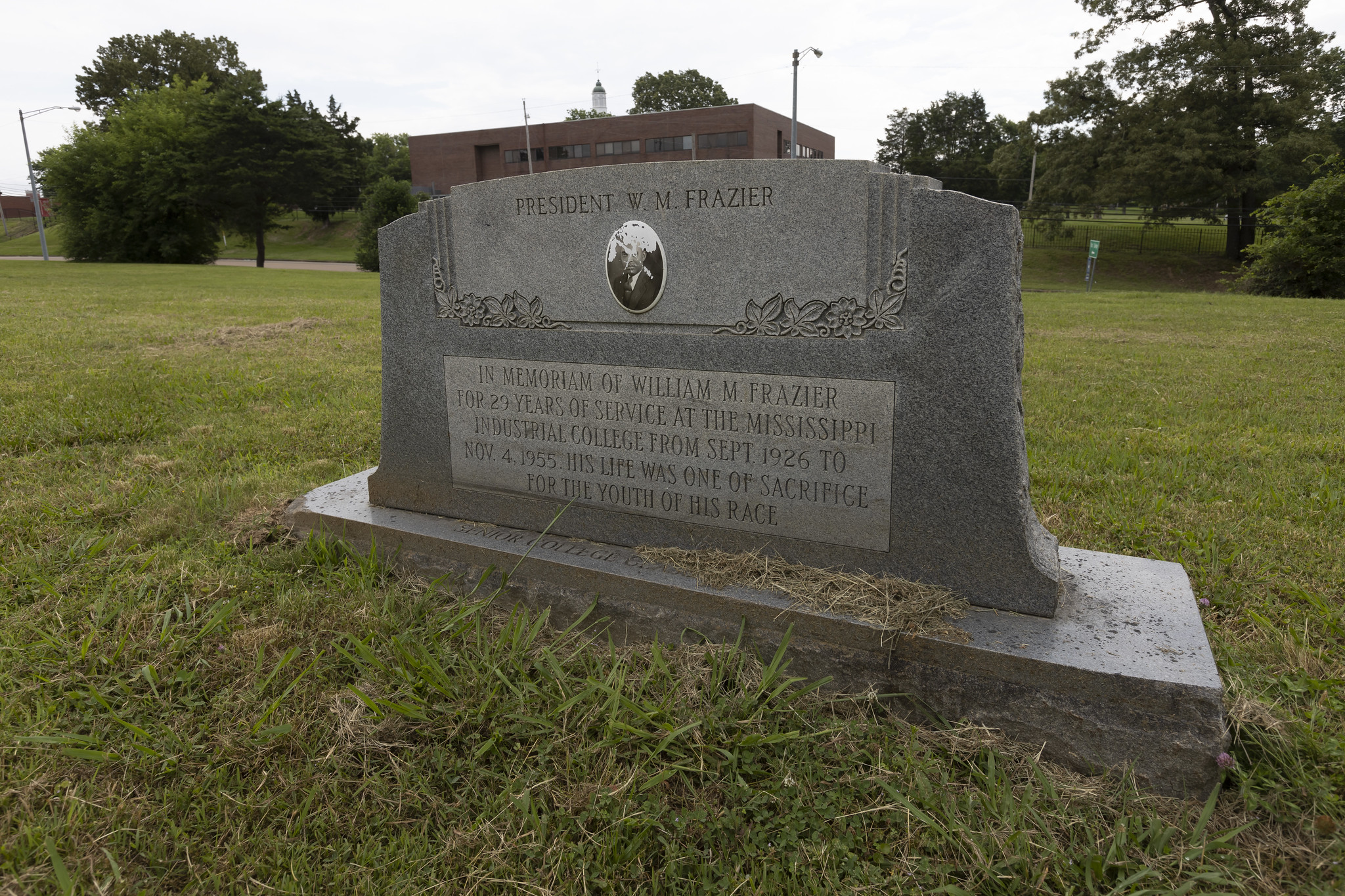
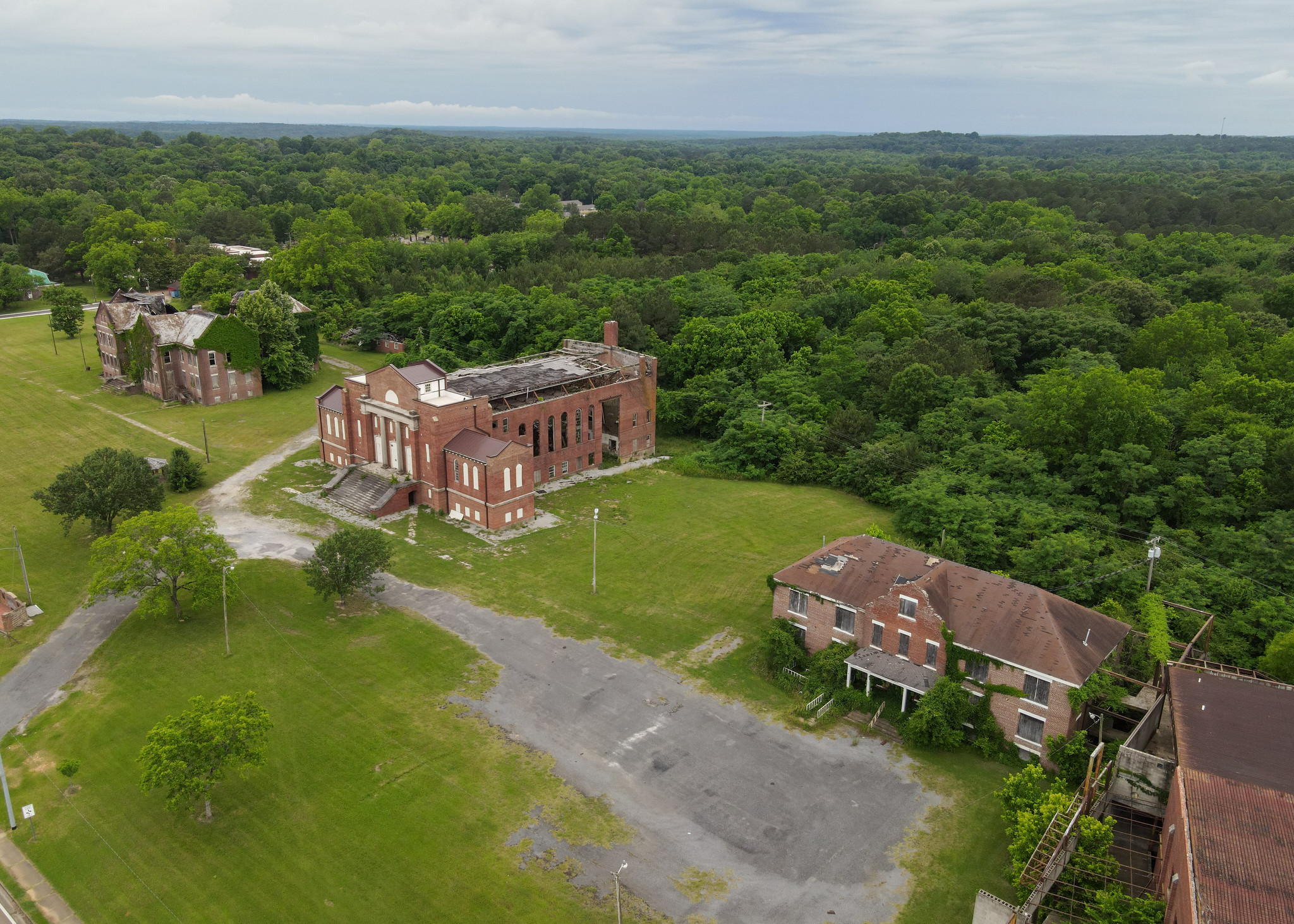
Thank you for reading. Please share the blog with your friends. I appreciate your support. You can find me on Facebook, Instagram, and TikTok. For more amazing, abandoned places check out my photography books.
Source: https://numerologybox.com
Category: Abandoned Place
